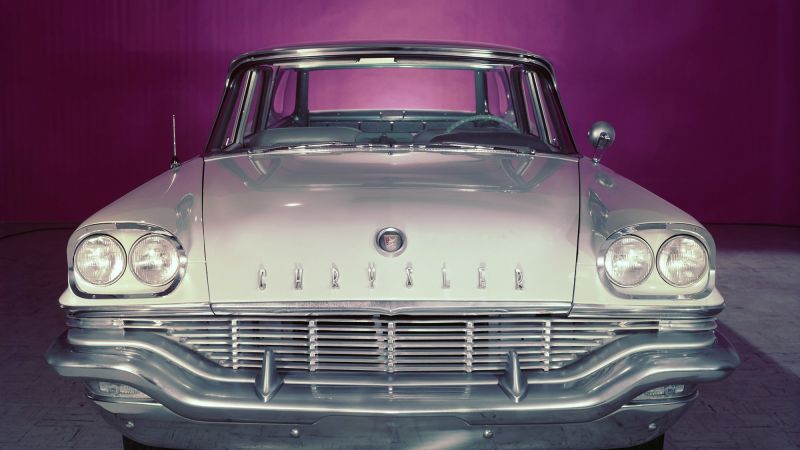The use of chrome on new cars may be on the decline due to environmental and health concerns, with Stellantis leading the charge to eliminate chrome on all their new models. This initiative, dubbed the “Death of Chrome,” aims to move away from hexavalent chromium, a cancer-causing agent used in the chrome plating process. California is even moving towards a ban on this type of chrome plating, pushing for safer alternatives and offering funding for chrome plating shops to transition to other methods. While the risks of exposure to hexavalent chromium primarily occur during the plating process, industry organizations acknowledge the need for safer alternatives to protect workers and the environment.
Stellantis is working on developing alternatives to traditional chrome plating that are less dangerous but still offer a sleek look for their vehicles. Trivalent chrome, which uses a different form of chromium, is one such option, but it may not provide the same level of luster as traditional chrome plating. The company is also exploring blackout packages that replace chrome badges and grilles with matte black pieces for a darker and more sinister appearance. Additionally, polished stainless steel and satin steel are being considered as alternatives to chrome, offering different textures and tones to create an attractive offset.
Stellantis has been experimenting with chrome alternatives on special edition models for years, which have been well-received by consumers. This indicates that car buyers are ready for something different and open to new designs that move away from traditional chrome accents. The upcoming Jeep Wagoneer S electric SUV will be one of the first Stellantis models to feature these new looks, with no chrome at all even as an option. Volkswagen Group is also exploring alternatives to hexavalent chrome, focusing on finishes of various tones and textures to enhance their models, as the use of traditional chrome becomes more restricted in various markets.
The trend away from chrome on modern cars is a departure from its peak in the 1950s when cars were adorned with copious amounts of chrome accents, a trend that paralleled the rise of American land yachts with oversized chrome bumpers and grills. However, the automotive industry has been gradually reducing the use of chrome in recent years, with a move towards more subdued finishes and designs. This evolution is driven by a combination of environmental concerns, health risks associated with chrome plating, and changing consumer preferences towards different aesthetics and styles in car design.
Alternative materials and finishes, such as matte black, satin steel, and polished stainless steel, are being explored as replacements for chrome on new vehicles. These options offer different textures and tones that can create an attractive contrast and offset for various car models. The shift away from traditional chrome accents is supported by industry organizations, environmental agencies, and regulatory bodies that are advocating for safer methods of chrome plating to protect both workers and the environment. With car manufacturers like Stellantis and Volkswagen Group leading the charge in adopting new designs and materials, the future of chrome on cars may indeed be fading, giving way to more modern and sustainable alternatives.













